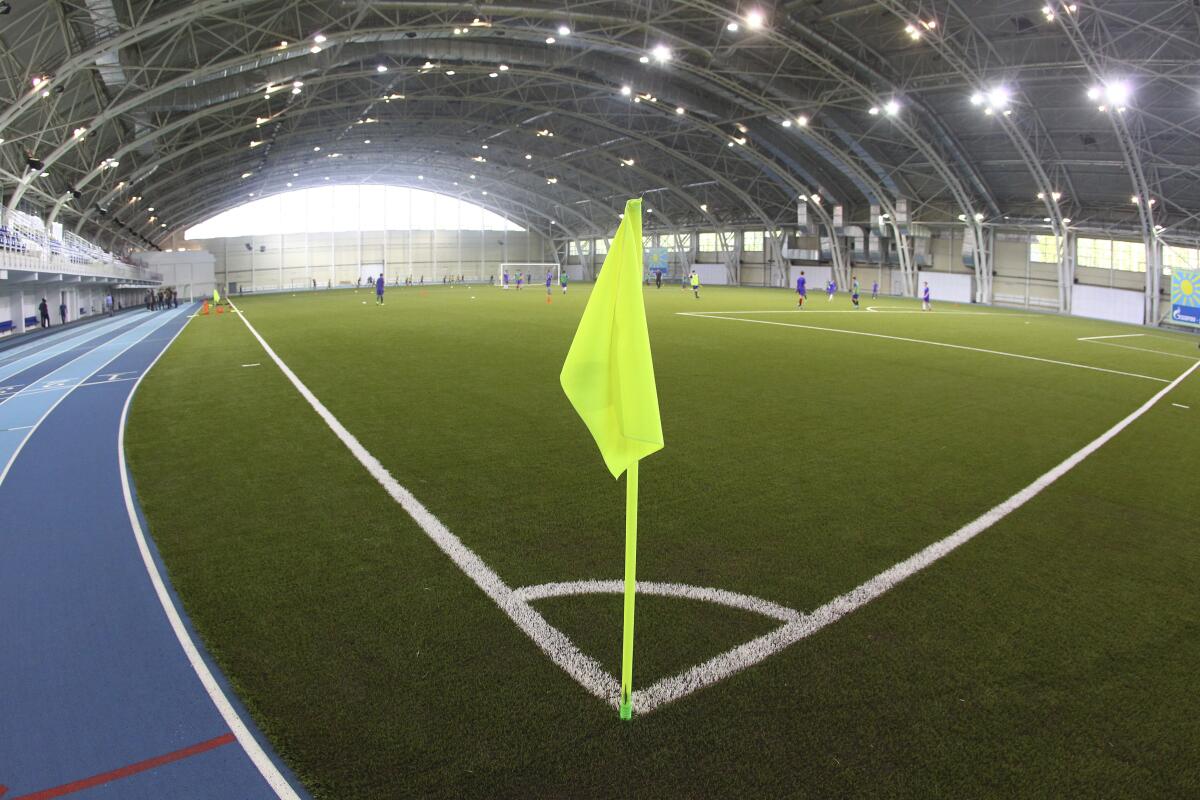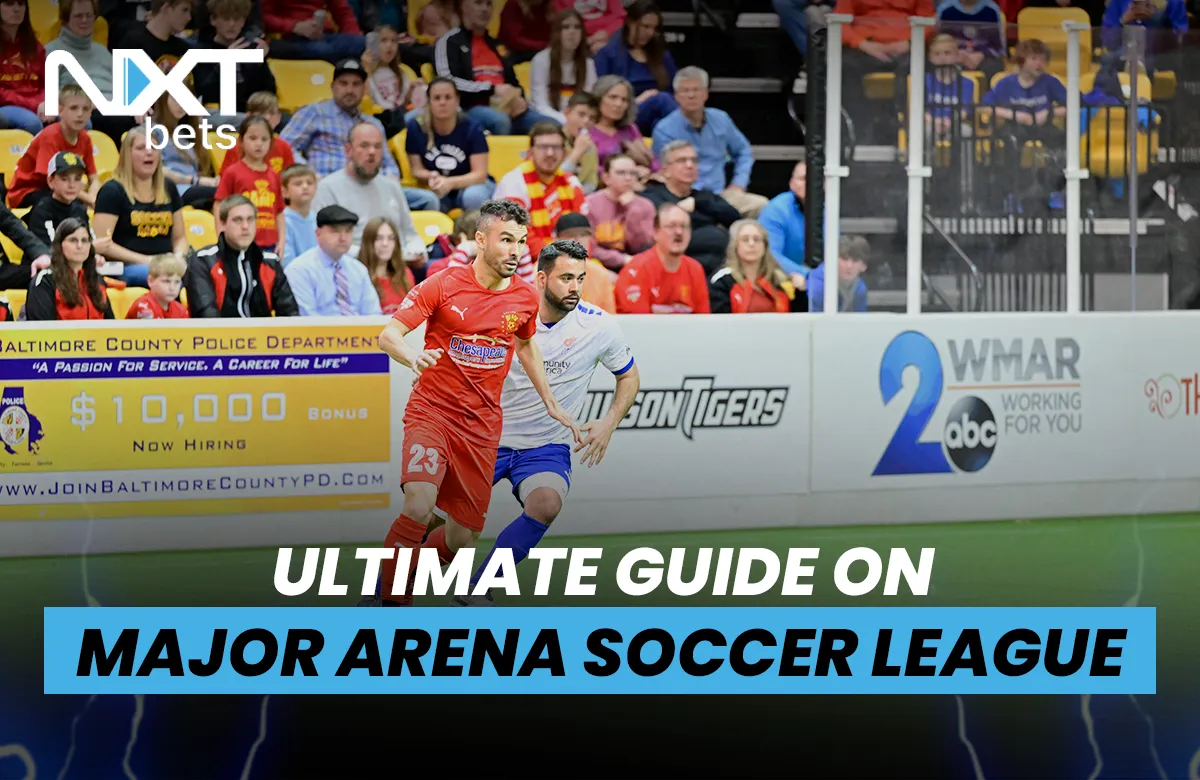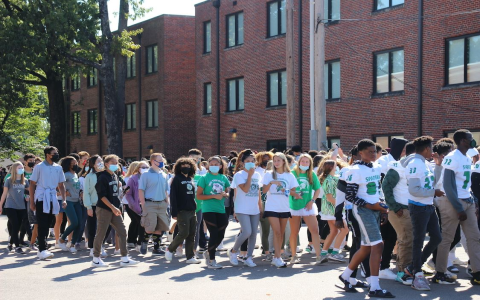How Much Do MASL Players Make?
The Major Arena Soccer League (MASL) is a fascinating world of fast-paced soccer action, where talent, athleticism, and strategy collide on an indoor field. For many young and passionate soccer players, the dream of making it to the professional level is alluring, but it’s natural to wonder about the financial aspect of this career path. There’s a lot to uncover about the compensation for these athletes, which hinges on several variables including experience, skill level, and team budget.

The pay scale for MASL players is not uniform; it’s as diverse as the styles of play themselves. While some players might be earning enough to support a comfortable lifestyle, others might need additional income sources. Let’s delve into the specifics.
To start, experience is a significant determinant of a player’s salary. Veteran players or those who have built a reputation for their performance and skill often command higher wages. Their experience on the field is deemed invaluable, not only for the team’s performance but also for the mentorship they provide to younger players.
Players coming straight from college or with a couple of seasons under their belt might see an entry-level salary. According to various reports and player interviews, these players might earn anywhere from 5,000 to 15,000 for the indoor season. This figure does not include any supplemental income they might earn from endorsements, merchandise deals, or off-season gigs.
In contrast, those with a solidified professional reputation might make anywhere from 20,000 to 60,000 for the season. However, these numbers are not set in stone; contracts, bonuses, and other incentives can significantly alter a player’s take-home pay.
Team budgets play a colossal role in salary structures. Teams with larger fan bases, a history of success, or those located in larger markets generally have more financial leeway to offer competitive salaries to attract and retain top talent.
There’s also the aspect of contractual agreements, which can vary widely. Some players might negotiate long-term deals with guaranteed money, whereas others might accept shorter contracts with performance-based bonuses. Here’s where the diversity in pay becomes even more apparent.
For example, MVP candidates or players with significant achievements might have their exceptional performance rewarded with a substantial team bonus or even a contract renegotiation mid-season.
Moreover, geographic considerations come into play. Playing in a city with a lower cost of living can mean that a seemingly modest league salary can go a long way compared to playing in a high-cost-of-living city.

A notable characteristic of the soccer community is player solidarity. MASL players often engage in community work and outreach, which can indirectly influence earnings by raising their marketability. Appearances, youth clinics, and soccer camps might not directly correlate with MASL salary but can enhance a player’s earning potential through alternative avenues.
For those trying to make a name for themselves, the opportunity to play in the MASL is often seen as a stepping stone to higher leagues, be it the outdoor scene or internationally. The exposure, experience, and connections made within the MASL can lead to better-paying contracts elsewhere.
To wrap up, the earnings of MASL players reflect the complexities of professional sports salaries at large—a mix of experience, team dynamics, market size, individual negotiations, and performance all contribute to the paychecks. While it may not always match the astronomical figures of top-tier soccer leagues, it’s nevertheless an exciting and viable career path for those dedicated to the sport. Pursuing a soccer career is not merely about the money; it’s about passion, community, and achieving a dream.


